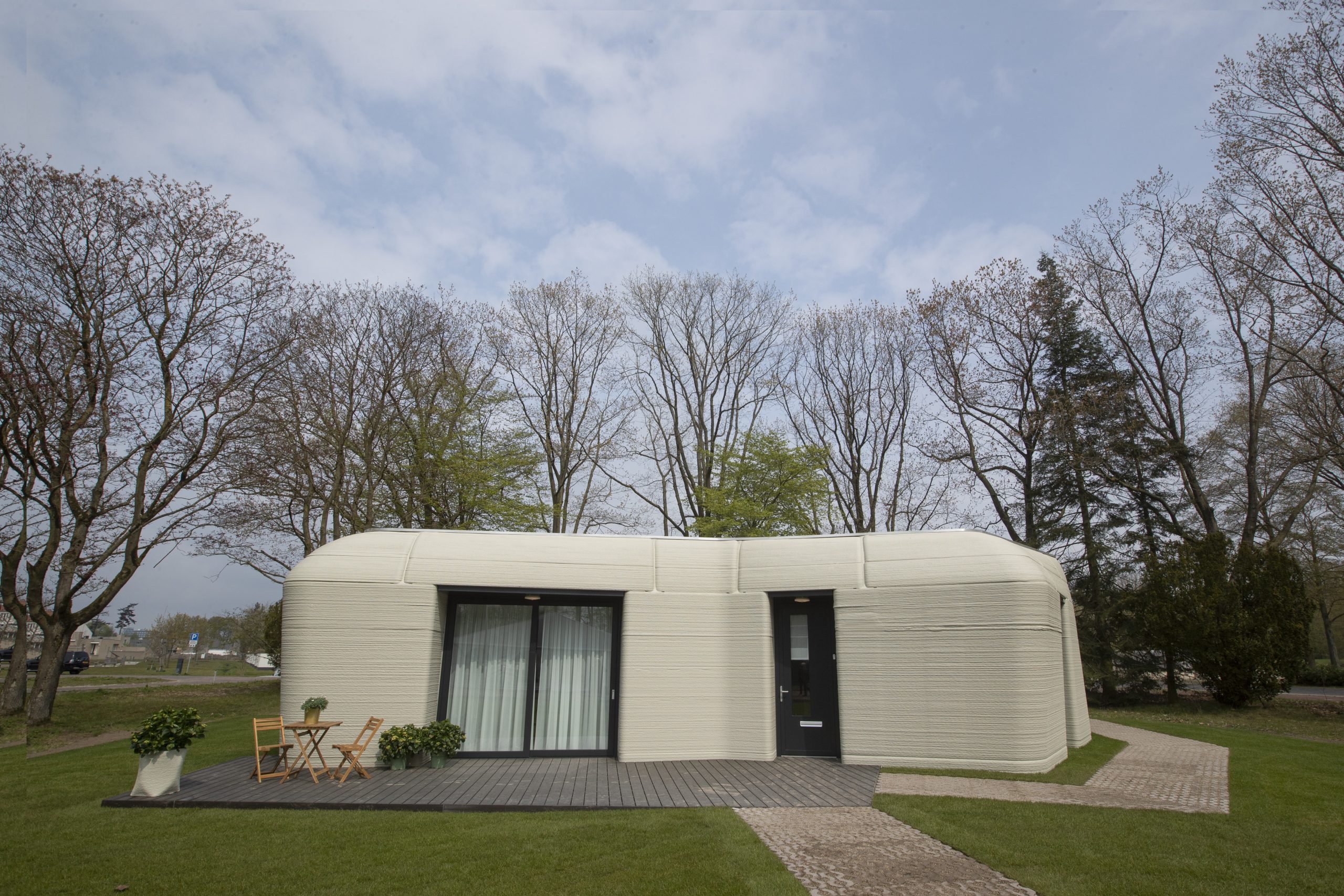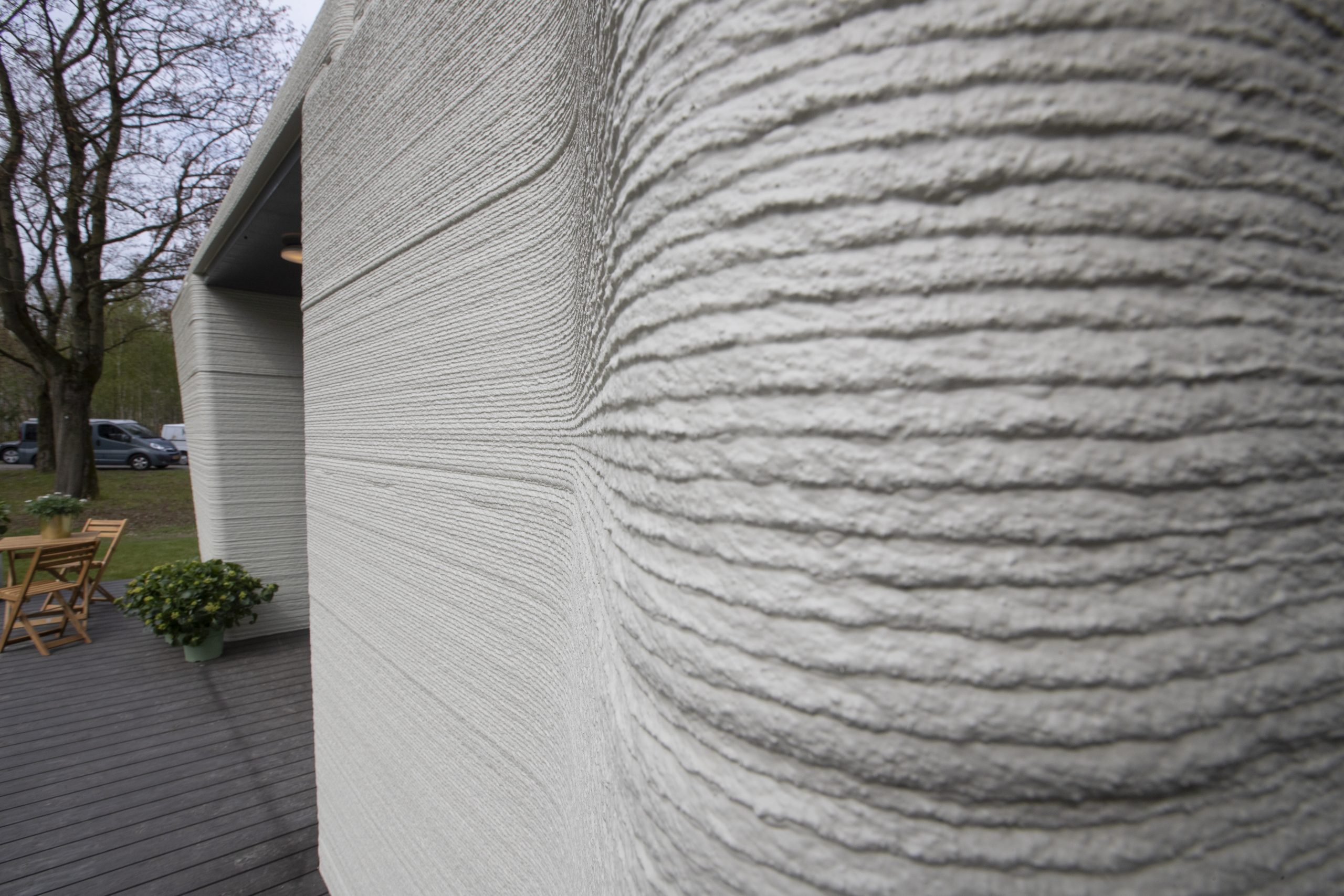Elize Lutz and Harrie Dekkers are now the renters of Europe’s first house made entirely out of 3D-printed concrete.
The retired shopkeepers from Amsterdam received the keys on Thursday to their new two-bedroom, boulder-shaped home in Eindhoven, Netherlands.
“It is beautiful,” Lutz, 70, told the Guardian of her new pad, to which Dekkers, 67, added, “It has the feel of a bunker — it feels safe.”
Saint-Gobain, the France-based firm in charge of constructing the 1,012-square-foot house, boasted the design advantages of 3D printing in a press release on Friday.
WHAT ARE ‘GHOST GUNS’ AND WHY IS BIDEN TARGETING THEM?
“The large boulder shape of the house nicely demonstrates the freedom of form that is offered by 3D concrete printing,” Saint-Gobain said, adding that the house “consists of 24 printed concrete elements, which are printed layer by layer in the printing plant in Eindhoven.”
The company also explained the process of putting the pieces together, saying, “The elements were transported by truck to the building site and placed on a foundation. The house was then provided with a roof and frames, and the finishing touches applied.”
The couple’s house is the first completed in a program called “Project Milestone,” under which the city of Eindhoven and its partners will build five 3D-printed houses, one after the other.


Saint-Gobain explained that the reasoning behind consecutive construction is to enable new construction to be optimized by learning from the previous houses.
An executive for Weber Benelux, a subsidiary of Saint-Gobain, also touted 3D printing as a major time and cost-saver for homebuilders.
“3D printing enables more efficient and sustainable construction. These printed houses use less material, and can be built much faster, with more flexibility and customized and renewed designs,” Bas Huysmans, CEO of Weber Benelux, said in a press release. “The acceleration of this technology opens up new possibilities for construction.”
Huysmans also told the Guardian that the firm only needed 120 hours to print and that it could have finished the house in less than a week if it printed without stopping.
“If we would have printed them in one go, it would have taken us less than five days because the big benefit is that the printer does not need to eat, does not need to sleep, it doesn’t need to rest,” he said. “So if we would start tomorrow and learned how to do it, we can print the next house five days from now.”
CLICK HERE TO READ MORE FROM THE WASHINGTON EXAMINER
By the time Project Milestone’s fifth home, which will have three floors and three bedrooms, is built, builders hope that they can perform all printing and construction on-site.

